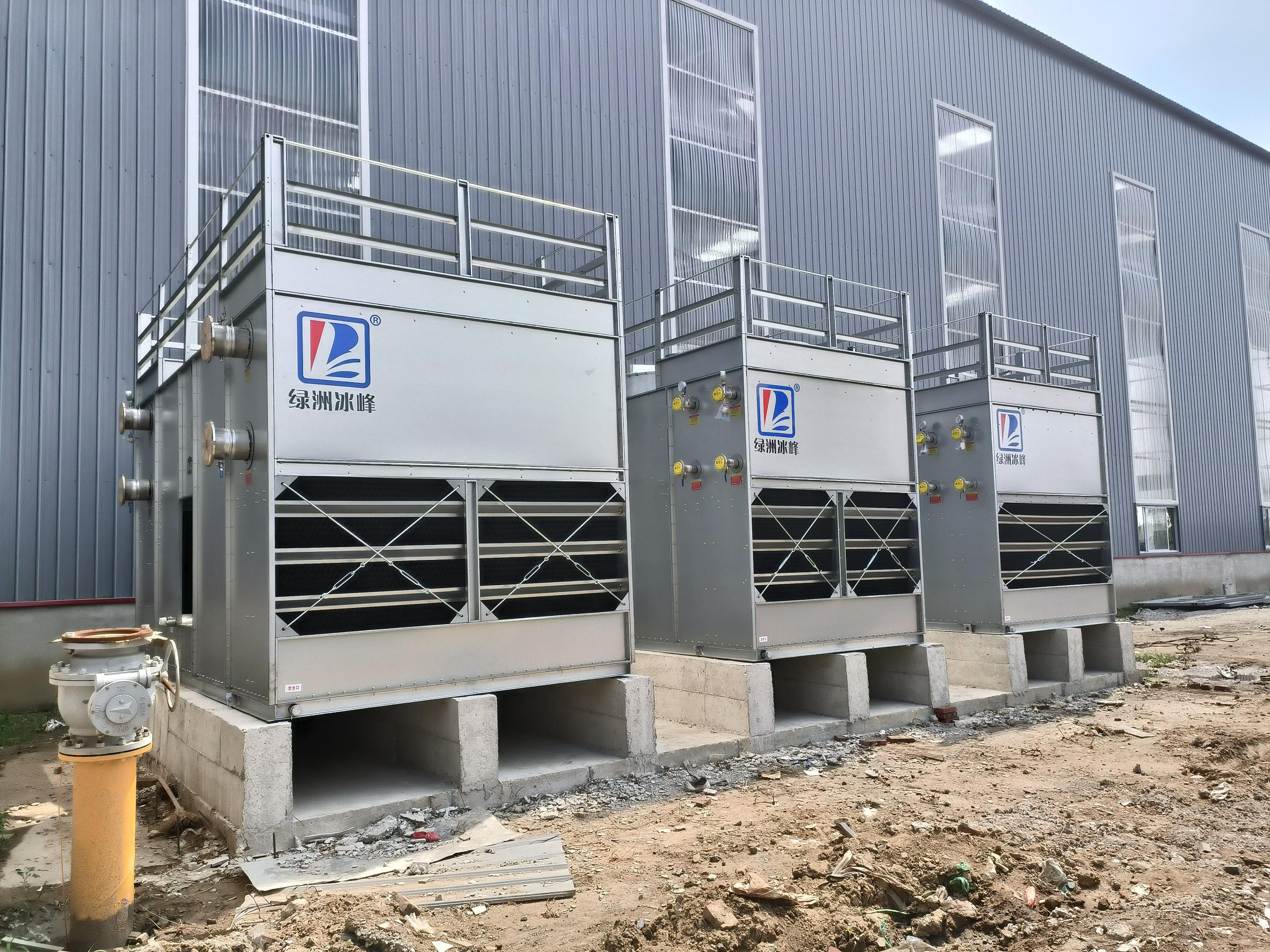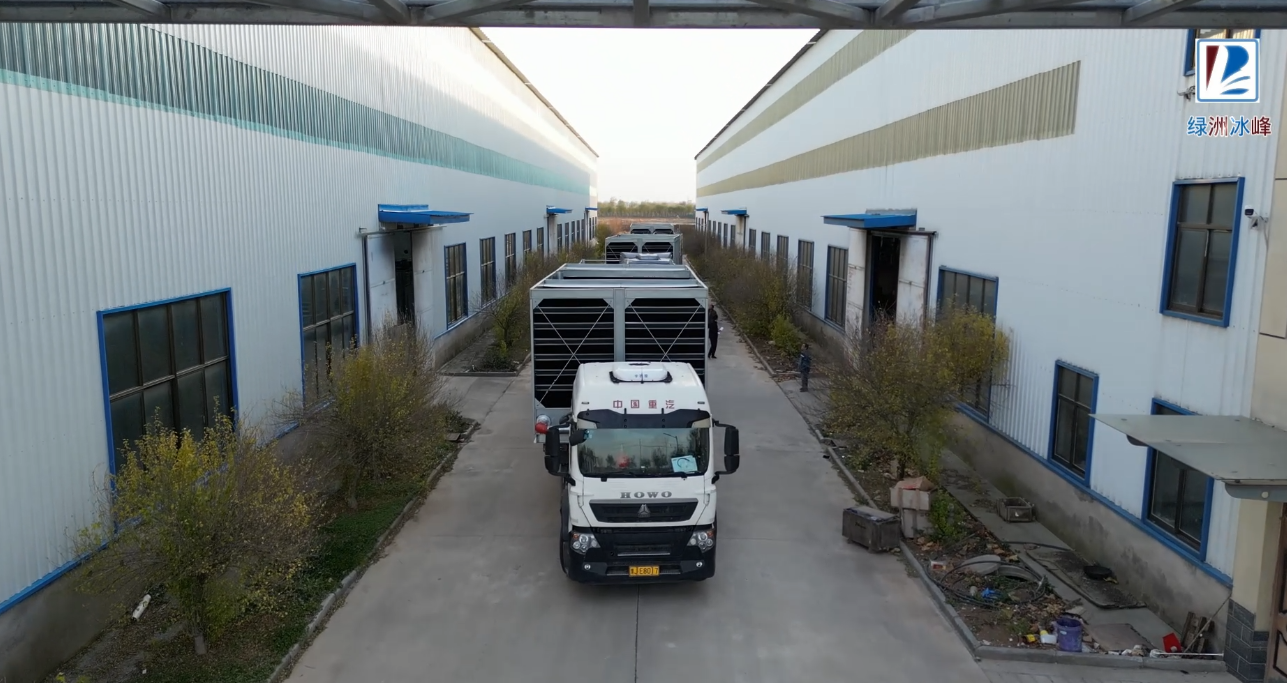02
2025
-
01
What are the differences in the operation and use of closed cooling towers in summer and winter?
The cooling effect and water consumption of closed cooling towers differ between winter and summer. When selecting and using closed cooling towers, various factors such as seasonal changes, working environment, and energy conservation should be fully considered to ensure that the equipment can operate stably for a long time and meet production needs.
There are indeed certain differences in the cooling effect and water consumption of closed cooling towers in winter and summer. Below is a detailed analysis of these two aspects:
1. Cooling Effect
Summer:
In summer, the high temperature and humidity place higher demands on the cooling performance of closed cooling towers.
To ensure cooling effectiveness, closed cooling towers typically employ some special designs, such as increasing the number of spray nozzles and utilizing nighttime cooling, to cope with high temperature and humidity environments.
Closed cooling towers in summer usually need to handle a larger water discharge and evaporation loss, which may lead to higher energy consumption and water usage.
Winter:
In winter, the temperature is low, and the cooling demand is relatively low.
Closed cooling towers focus more on environmental protection and energy saving in winter, ensuring stable operation of the equipment by reducing energy consumption and preventing water from freezing in the pipes.
The cooling capacity of closed cooling towers in winter is usually smaller than in summer because the ambient temperature is lower, and the required cooling load is correspondingly reduced.
2. Water Consumption
Summer:
The water consumption of closed cooling towers in summer is relatively large because more spray water is needed for evaporation and heat dissipation.
The evaporation rate and drift rate (i.e., water loss rate) are also relatively high in summer, which further increases water consumption.
It is important to note that although the water consumption of closed cooling towers is smaller than that of open cooling towers, it is still a factor that cannot be ignored in high temperature and humidity environments in summer.
Winter:
The water consumption of closed cooling towers in winter is relatively small because the ambient temperature is low, the required cooling load decreases, and the evaporation and drift of spray water also decrease accordingly.
In some cases, closed cooling towers in winter may only need to turn on the fan for air convection heat dissipation without activating the spray system, further reducing water consumption.
In summary, there are differences in the cooling effect and water consumption of closed cooling towers in winter and summer. When selecting and using closed cooling towers, various factors such as seasonal changes, working environment, and energy-saving measures should be fully considered to ensure that the equipment can operate stably for a long time and meet production needs.
Closed cooling tower,Cooling tower,Evaporative cooling,Closed cooling tower manufacturers,Closed cooling tower,Closed cooling tower,Wet and dry combined cooling tower



